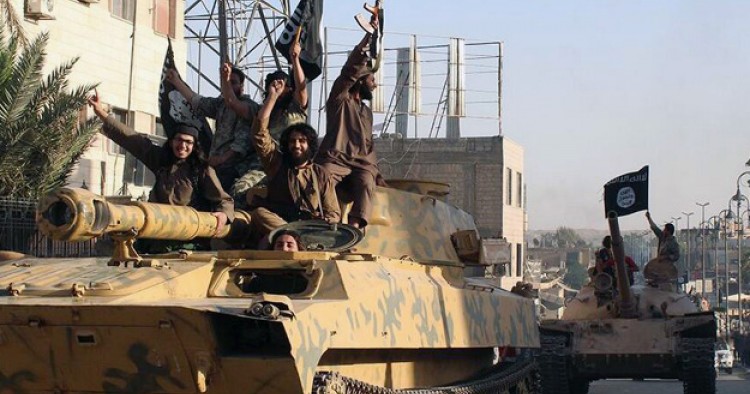Read the full article on LobeLog.
American political and media commentary on ISIS (which calls itself the Islamic State) since the beheading of James Foley has been flush with exaggeration and skewed focus. Identifying Foley’s murderer is desirable but far less important than tackling ISIS proper and its leadership. Unfortunately, many ISIS cadres have done far worse off camera. The voice narrating the video of Foley’s execution was British, and he was probably chosen by ISIS leader Abu Bakr al-Baghdadi simply to produce maximum shock effect in the West.
Most importantly, ISIS faces numerous challenges in holding onto what it has now, particularly in Iraq, where further expansion will likely be marginal. There are also ISIS vulnerabilities to be exploited by a new Iraqi government with much broader appeal. ISIS clearly poses a threat to the US (and other countries), but that threat needs to be soberly assessed.
Dialing Down the Hysteria
The beheading of Foley, a dreadful and tragic event, sparked a surge of gloom, doom, and hype among senior US officials and within the media at large. Of late, estimates of total ISIS fighters and foreign recruits have soared, but are based on what could only be iffy information. This is precisely what ISIS’s leaders intended.
ISIS perceives, as do other ruthless entities, that the US (and its allies) are traumatized far more by the death of one citizen than vastly broader atrocities in the Middle East. Hurt by US airstrikes (and fearing more) ISIS hoped to frighten Americans enough to make Washington back off. In that sense, the execution boomeranged: US and Western leaders are more alarmed, but determined to ramp up, not relax, measures against the radical Sunni group.
ISIS is dangerous, but its nature and the threat it represents must be defined accurately. A bizarre characterization of ISIS was made by Joint Chiefs Chairman General Martin Dempsey last week when he said ISIS has an “apocalyptic, end of days strategic vision.” This concept relates more closely to the Biblical New Testament Book of Revelation, reflecting mostly Christian, not Islamic, thinking. In fact, ISIS’s strategic vision, in historical terms, is rather pedestrian, albeit infused with barbarism: a quest to establish its version of a state, reinforce its power, defend or expand its present conquests, and lash out at its enemies.
Territorially, ISIS is weaker than suggested by lurid maps showcased regularly by the media. Over 90% of the land under ISIS control is the driest, most underpopulated, and poorest in the greater Fertile Crescent region. In that respect, some of its holdings in Iraq are its most valuable assets, including large intact cities along rivers.
Read the full article on LobeLog.
The Middle East Institute (MEI) is an independent, non-partisan, non-for-profit, educational organization. It does not engage in advocacy and its scholars’ opinions are their own. MEI welcomes financial donations, but retains sole editorial control over its work and its publications reflect only the authors’ views. For a listing of MEI donors, please click here.













